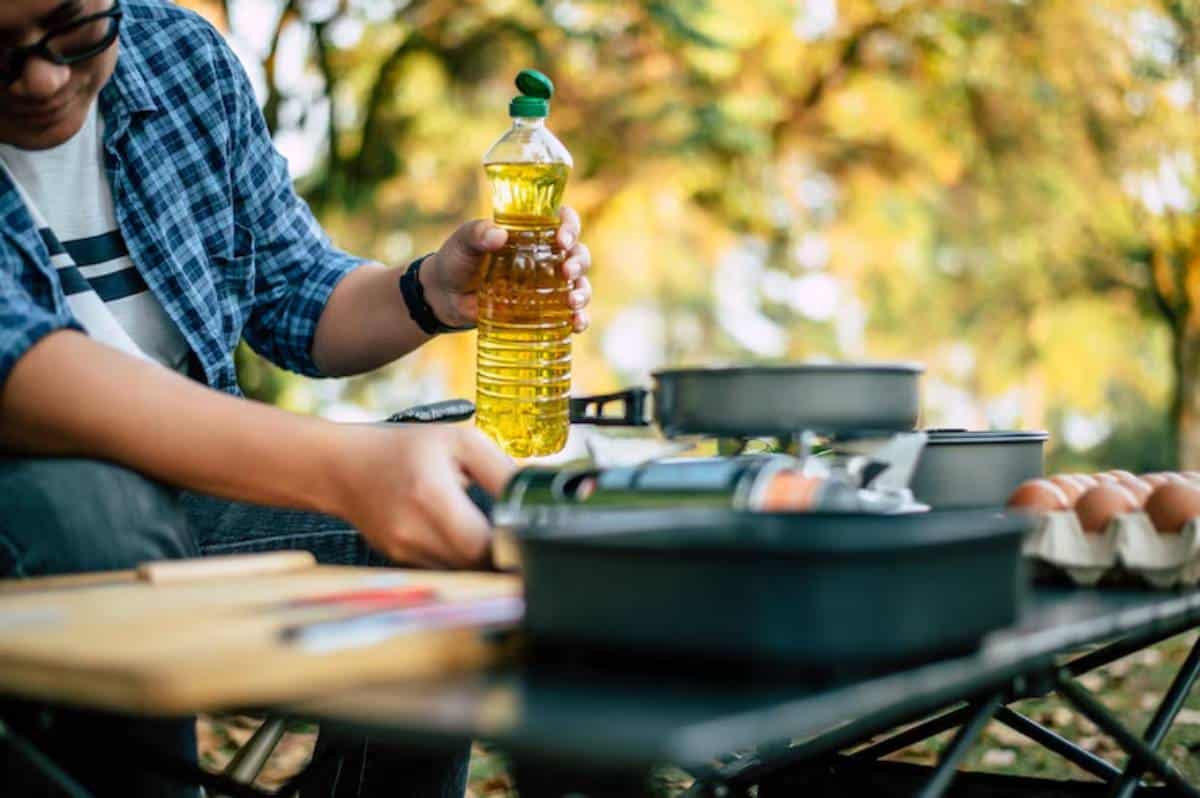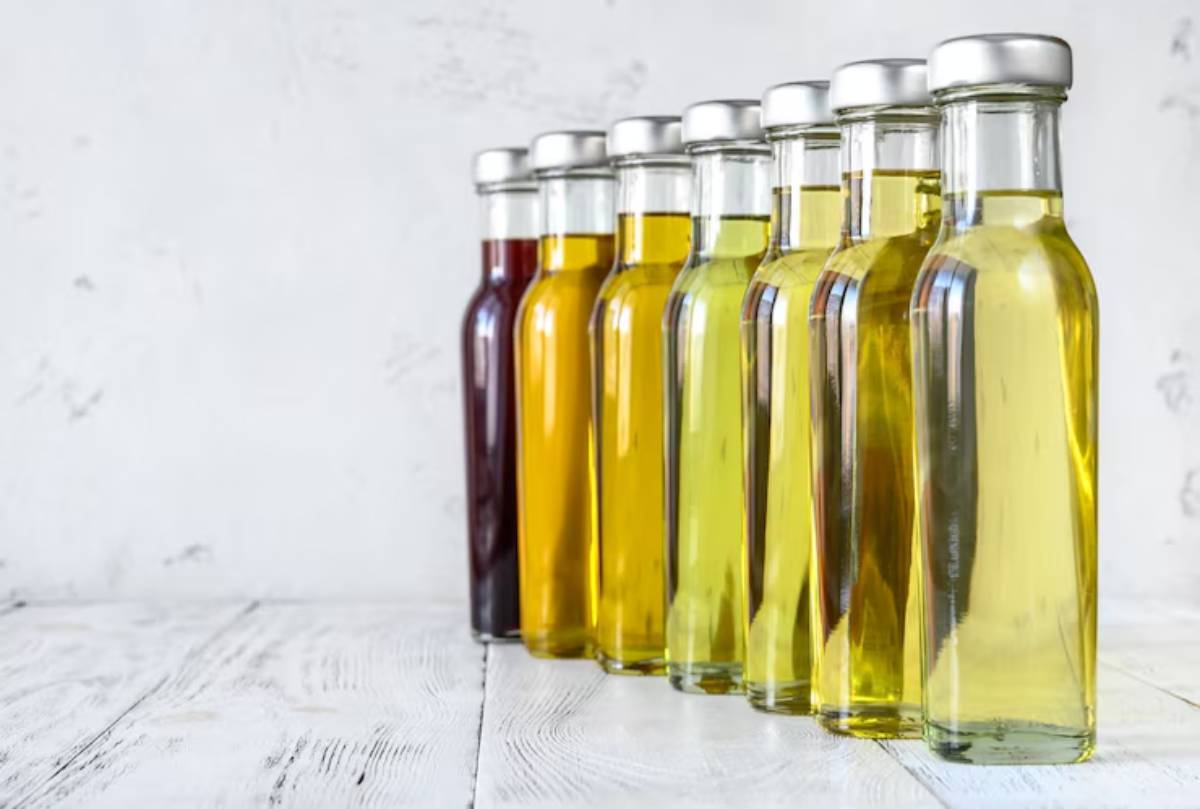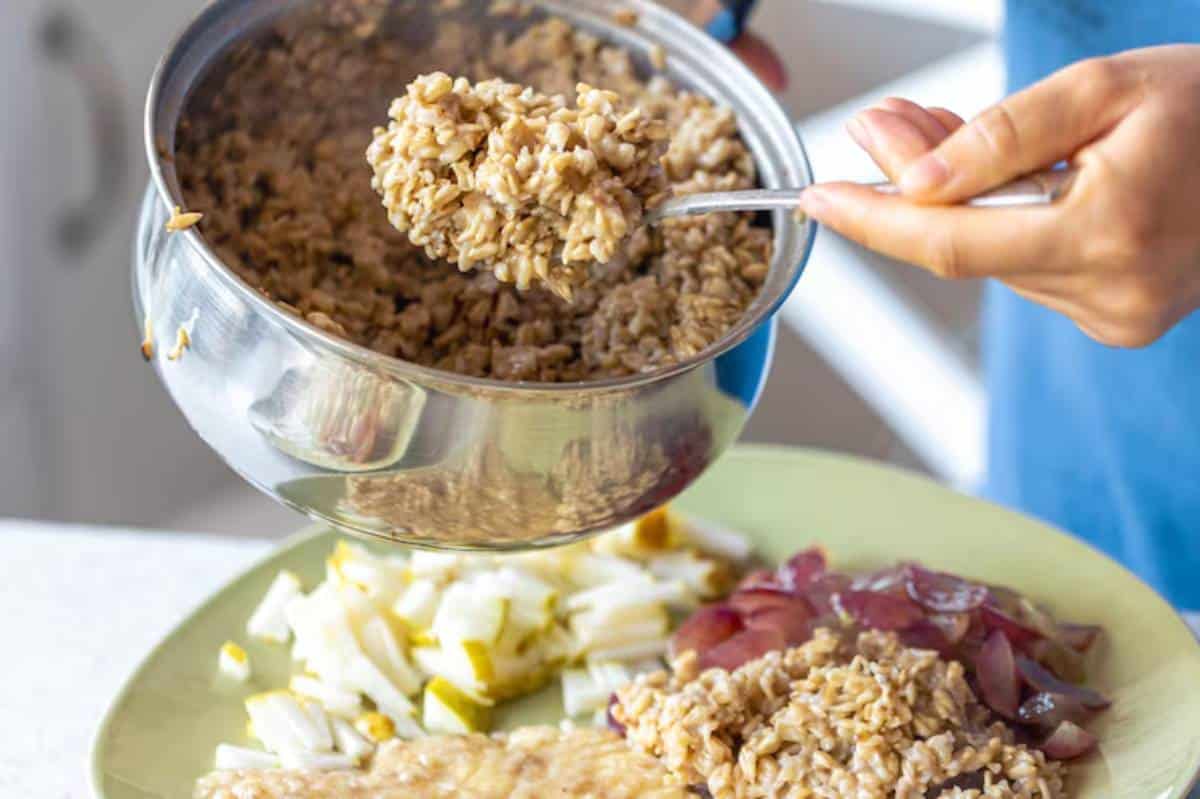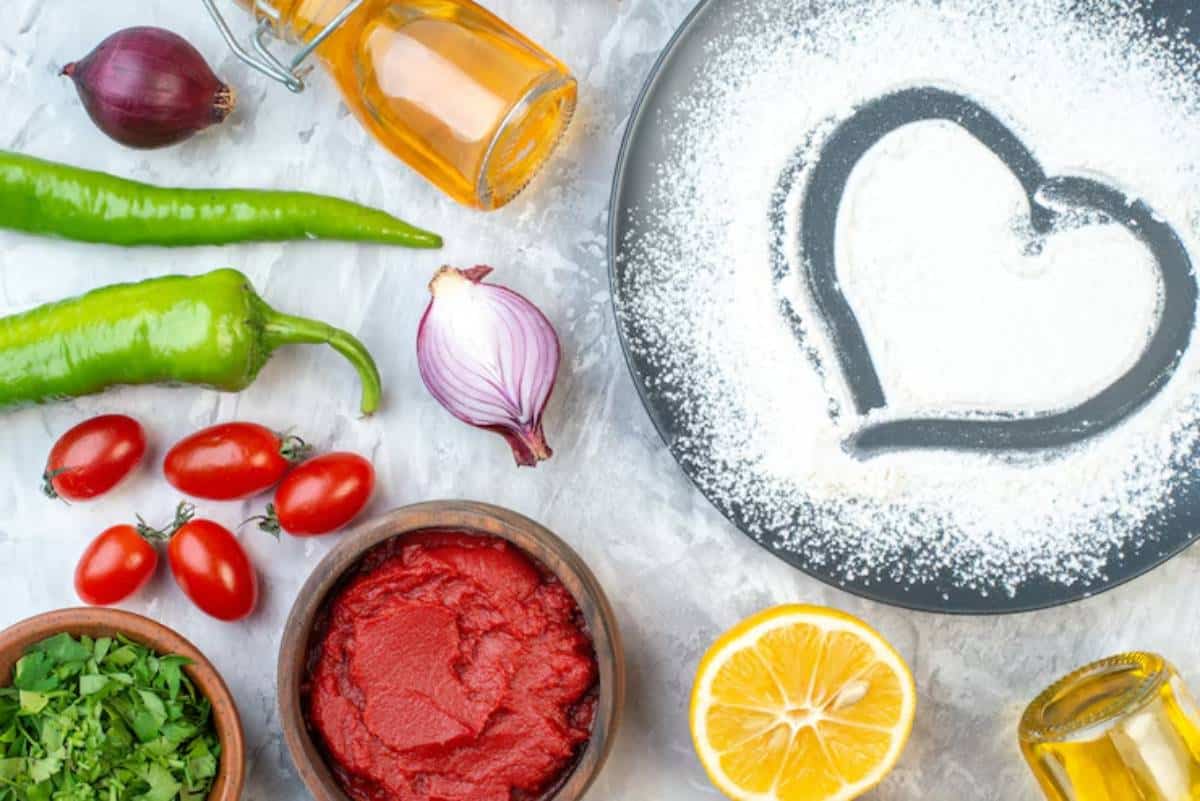
Choosing Quality Olive Oil for Your Mediterranean Kitchen
If you’ve ever stood in the oil aisle, overwhelmed by endless choices — from budget blends to pricey bottles stamped with foreign labels — you’re not alone. Choosing the right olive oil for your Mediterranean kitchen can feel like a guessing game. Yet, this golden liquid is central to one of the world’s healthiest and most flavourful diets.
In the Mediterranean region, olive oil isn’t just used for cooking. It’s drizzled over salads, swirled into dips, baked into breads, and even sipped straight by the tablespoon in some households. So, if you’re building a Mediterranean-style pantry or just want to elevate your home cooking, it pays to know how to pick a high-quality olive oil.
In this comprehensive Mediterranean cooking oil guide, you’ll learn what to look for in the best olive oil brands, how to decode confusing labels, and how to store and use your oil like a pro. From flavour to function, this guide will empower you to make the best choices for both health and taste.

What Makes Olive Oil “High Quality”?
The EVOO Standard
The highest grade of olive oil is Extra Virgin Olive Oil (EVOO), which means:
- It’s extracted without heat or chemicals (cold-pressed)
- It has free acidity under 0.8%
- It’s free of flavour defects (rancid, musty, metallic)
Freshness
Like produce, olive oil has a shelf life. Fresh oil equals better taste and nutritional value.
- Best by and harvest dates matter
- Aim to use within 12–18 months of harvest
Polyphenol Content
Polyphenols are antioxidants responsible for olive oil’s bitterness, pungency, and health benefits.
- Higher polyphenol oils have a stronger peppery taste
- Look for oils labelled with “high polyphenol” or values over 250 mg/kg
Certification & Origin
- PDO (Protected Designation of Origin) or PGI (Protected Geographical Indication)
- COOC (California Olive Oil Council) certified
- Organic, traceable farming methods

Top Factors to Consider When Buying Olive Oil
1. The Bottle
- Choose dark glass or tin packaging
- Avoid clear plastic bottles (they allow light and air in)
- Keep away from heat, sunlight, and oxygen
2. The Label
What to look for:
- “Extra Virgin” — nothing less
- Harvest date (not just “Best by”)
- Country or region of origin
- Cultivar or olive type (Koroneiki, Arbequina, Picual)
- Third-party certification marks
Avoid:
- Blends (especially “Pomace” or “Light” oils)
- Vague terms like “Pure” or “Natural”
3. Country of Origin vs Bottling Location
Many mass-market oils are bottled in Italy but contain olives from multiple countries. Check if the olives were grown, harvested, and bottled in the same country or estate.
Better Quality Clue: Single-origin oils from Spain, Greece, or southern Italy.
4. Flavour Profile
Different oils suit different dishes. Taste matters!
Flavour Descriptions:
- Fruity: Mild and buttery (great for baking, mild dressings)
- Grassy: Green and fresh (lovely on salads and raw veg)
- Peppery: Sharp and spicy (ideal for drizzling and marinades)
Try a tasting flight from different regions to find your favourite profile.
Best Olive Oil Brands for Mediterranean Cooking
Here are some highly rated, trustworthy brands:
European Brands
- Castillo de Canena (Spain): Robust, award-winning estate oils
- Frantoio Muraglia (Italy): Cold-pressed from Coratina olives; very peppery
- Terra Creta (Greece): Affordable, widely available, mild flavour
- Borges (Spain): Accessible, good for everyday cooking
American & Global Brands
- California Olive Ranch (USA): COOC certified, balanced profile
- Cobram Estate (Australia/USA): High in polyphenols, grassy notes
- Kirkland Signature Organic (USA): Budget-friendly and certified EVOO
Buy smaller bottles more often for optimal freshness.

Different Olive Oils for Different Purposes
1. Finishing Oils
Use these for dipping, drizzling over dishes, or making cold sauces and dressings.
- Look for robust, grassy, peppery oils
- High polyphenol content adds a lovely bite
2. Cooking Oils
Use milder oils for sautéing or baking.
- Choose medium-flavour oils with a smoother taste
- Great for everyday meals and recipes that don’t need bold flavour
3. Infused Oils
- Made with added herbs, chilli, or citrus
- Ideal for marinades, breads, and casual dressings
Note: Not typically “extra virgin”—check if the base oil is high quality.
How to Store Olive Oil at Home
- Keep it in a cool, dark cupboard, ideally under 21°C
- Always close the cap tightly after each use
- Don’t store near stoves, windows, or on countertops
Shelf Life: Use within 6 months of opening for best taste
Taste-Testing Olive Oil Like a Pro
Here’s how to test quality and freshness:
1. Swirl & Sniff
Pour a spoonful into a small glass, warm it with your hands, then inhale. Look for grassy, fruity, or herbal notes.
2. Sip & Slurp
Take a sip, slurp slightly to aerate, then swallow. A bitter, peppery finish is a good sign!
3. Common Flaws
- Rancid: Smells like crayons or old nuts
- Fusty: Like compost or damp socks (poor storage)
- Winey: Fermented or vinegary (from damaged olives)
Recipes That Let Olive Oil Shine
Use your premium oils where they matter most:
Drizzle Over:
- Fresh tomato salads
- Grilled courgettes or aubergines
- Hummus or labneh
Mix Into:
- Lemon vinaigrettes
- Pesto and other herb sauces
- Chickpea or bean salads
Bake Into:
- Olive oil cakes with lemon or orange
- Rustic bread focaccias
- Savoury muffins with herbs
Common Mistakes to Avoid
- Storing in plastic bottles
- Using “light” or blended oils for Mediterranean dishes
- Keeping oil too long after opening
- Assuming dark oil means better quality (colour doesn’t indicate taste or nutrition)
Conclusion: Invest in the Right Olive Oil
When it comes to building your Mediterranean kitchen, choosing the right olive oil is a game-changer. A high-quality oil enhances not only the flavour of your food but also your health. With a bit of knowledge and a trusted bottle by your side, you’ll be well on your way to mastering Mediterranean cooking with confidence and flair.
Ready to upgrade your pantry? Explore 10 must-have staples in a Mediterranean pantry to complete your kitchen makeover.


